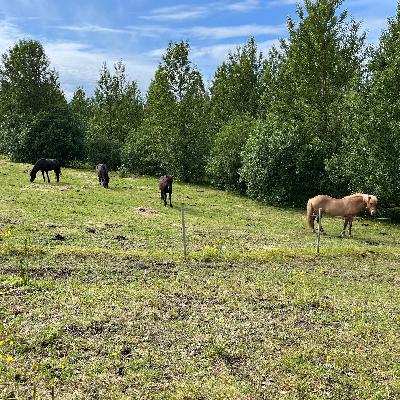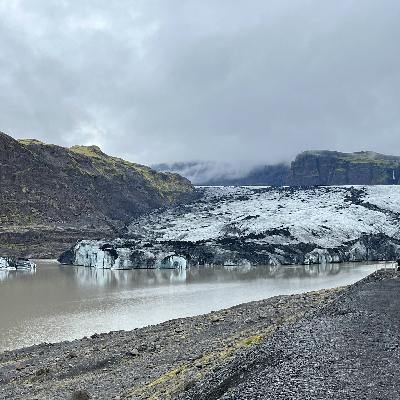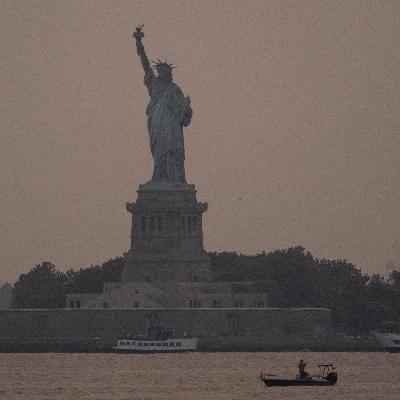How did dinosaurs leave tracks?
Description
But Why has answers to your dinosaur questions! When did the dinosaurs live? How many species of dinosaurs were alive in the Cretaceous period? How do dinosaurs get their names (and why are they hard to say)? Why are dinosaurs extinct? We visit Dinosaur Valley State Park in Texas to see some actual dinosaur evidence: tracks left by two types of dinosaur 113 million years ago.
Download our learning guides: PDF | Google Slide | Transcript
Dinosaur Valley State Park in Glen Rose, Texas has several sites where dinosaur footprints have been well-preserved. Though some of the tracks were actually chiseled out and sold before the park got state recognition and protection.
In the summer of 2022, drought in this part of Texas caused riverbeds to dry out, revealing new tracks that hadn’t been seen before. These discoveries made news around the world!
The rock in the area is limestone. And the tracks are largely in what are now riverbeds. But In the time of the dinosaurs, 113 million years ago, the landscape looked very different. The sea covered much of the land, and the spots where the tracks are were the seashore, full of sticky wet mud. The dinosaurs walked through the mud and left footprints, which were then covered over by silt and other sediment. As the mud got compressed and eventually turned into limestone, the tracks were preserved.
The landscape changed over the millennia. As the sea receded and rivers curved through the landscape, the flowing water eroded the limestone, eventually revealing these tracks that had been covered for millions of years.
Some of the tracks at Dinosaur Valley State Park are about the size of a large dinner plate look like classic dinosaur prints, with three long toes and claw marks. Those are from a dinosaur called Acrocanthosaurus.
Acrocanthosaurus was shaped like a Tyrannosaurus Rex. It walked on two legs and had a large ridge down its back. It was a carnivore and likely the apex predator in its North American environment.
The other dinosaur whose tracks have been found at this state park is Sauroposeidon. These tracks are much bigger and rounder, more like an elephant track. They’re so big a kid could sit inside one as if it was a bathtub!
Sauroposeidon was a huge dinosaur. It walked on all fours and had a long tail and a very long neck. It weighed as much as 44 tons and was as tall as a 6-story building. In fact, it may have been the tallest animal that has ever lived!
Sauroposeidon was an herbivore, and may even have been hunted by Acrocanthosaurus. The two dinosaurs lived at the same time and made the visible tracks at the park within hours or days of each other.
The biggest dinosaurs lived in the Cretaceous period,145 million to 65 million years ago. It’s estimated there were as many as a thousand different dinosaur species in that time period, but only a few hundred have so far been named.
Most paleontologists believe most dinosaurs died out more than 65 million years ago when an asteroid hit planet Earth.The asteroid itself didn’t kill all the dinosaurs all at once, though it was big enough to cause a lot of devastation. It also kicked up a huge cloud of dust and debris that essentially blocked sunlight from reaching the earth. This caused plants to die. Without plants, large herbivores didn’t have enough to eat. When the herbivores died, the carnivores had nothing to eat and they died, too.
If you want to see the dinosaur tracks, check out our videos on YouTube.
























